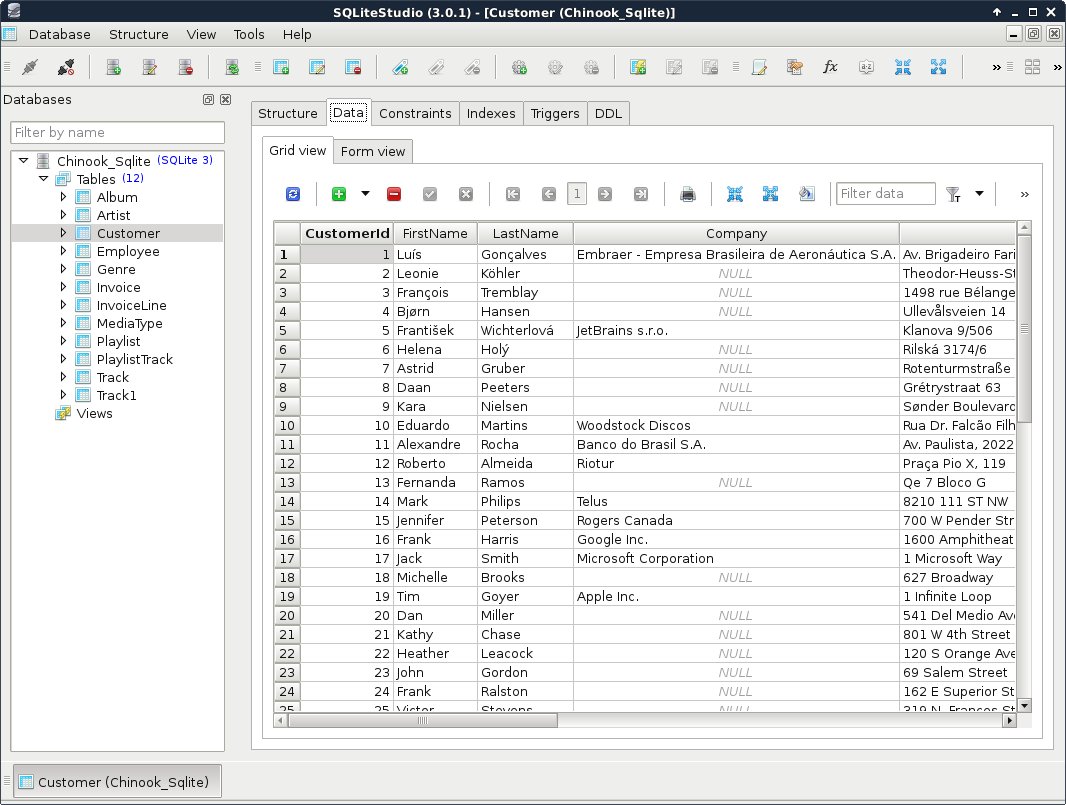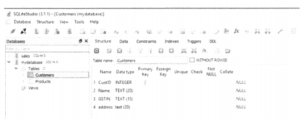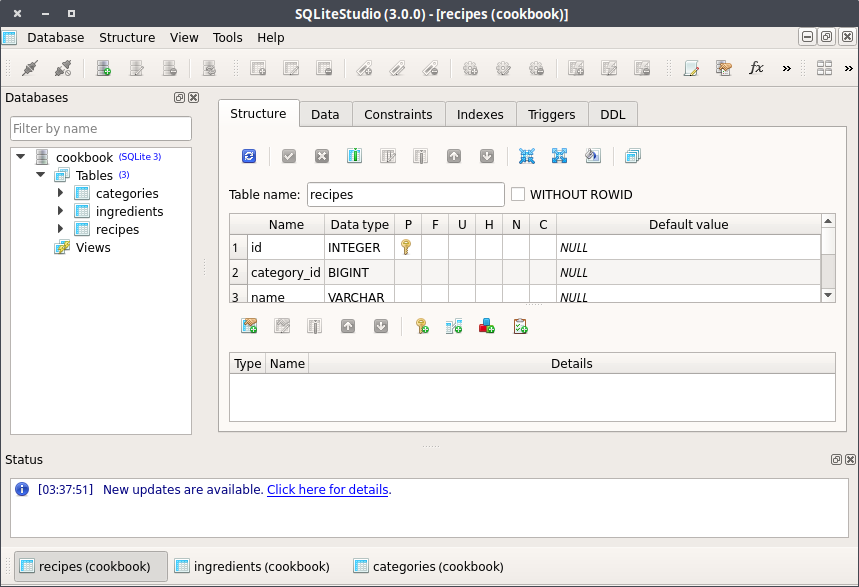

PapszDSCO = dsco -> answers Ogr_ds = OGR_Dr_CreateDataSource ( Ogr_driver, dsn_opt -> answer, papszDSCO ) /* Some OGR drivers do not support overwriting existing sources or creating new ones.
#SQLITESTUDIO STRUCTURE UPDATE#
This module is currently (GRASS 6.4.0 RC4) not able to correctly export data to an SQLite DB.Ī quick, dirty hack allowed opening of an OGR data source in update mode, as required forĮxisting database (not only SQLite DBs!): Original NULL fields are preserved correctly. Any attribute fields with a specialĬharacter will come out as empty strings (not NULL!). This is a known bug to be fixedįrench special chars from the DBF file were not preserved. However, it is possible to manually drop the metadata table and the database keeps working asĬreation of a new database with DSCO "METADATA=no" does not work. To also use -nln to specify the new table name.

In that case, an empty references table will be createdĪnd the SRID for the geometries table will be set to NULL.Ĭreation of new table in an existing database using the "-update" option works. The OGR SQLite driver can store spatial data in an SQLite table in a straight-forward manner:Ĭreation of new database and dumping of 3D Shapefile points into it works.
#SQLITESTUDIO STRUCTURE HOW TO#
There is a document that outlines how to store spatial data in an SQLite database: SQLiteStudio is a highly recommended application to manage SQLite databases of any kind: Without the need to set up a complex client/server DBMS, it still provides a powerful It works using single, fully portable files. SQLite is a light-weight, embeddable database. In addition, the OGR-supplied command line tool "ogr2ogr" can be used to manage all OGR-supported PostgreSQL (with the PostGIS extension).Several open source databases are supported this way: Them using the OGR-provided drivers and v.in.ogr/ v.out.ogr for data import/export. While GRASS GIS does not currently support any spatial DBMS directly, it can still interface create central data repositories where layers will always be found in the same place.limit data to be held in memory by importing only spatial subregions from the DBMS.transfer data from one system to another without loss of information using SQL dumps.drop restrictions imposed by file-based storage (maximum size, data table limits, slowness).



 0 kommentar(er)
0 kommentar(er)
